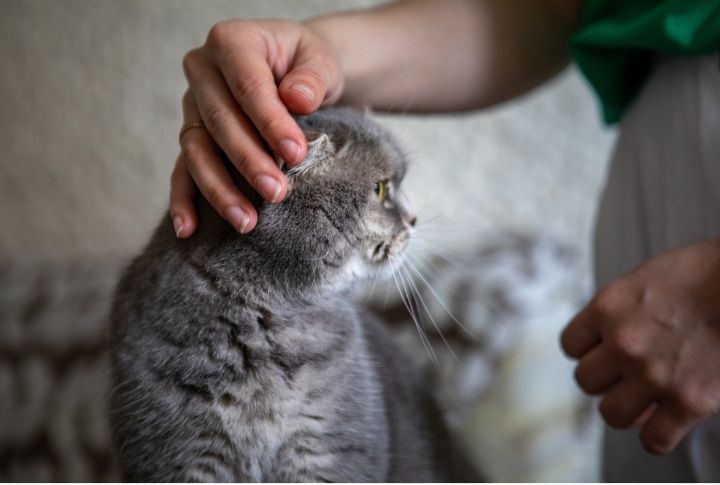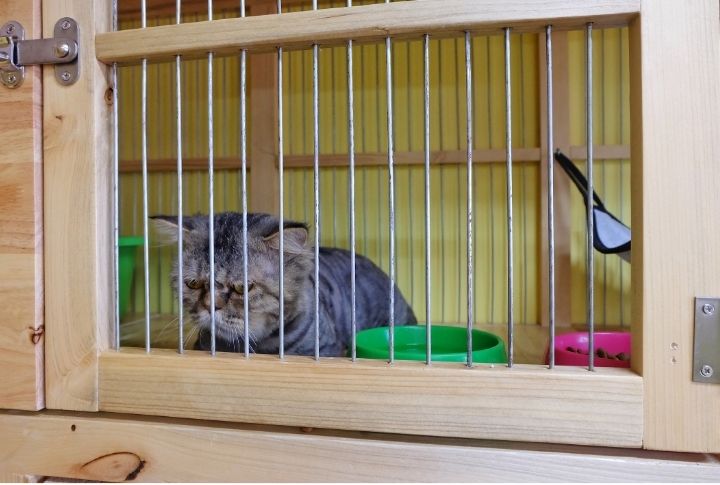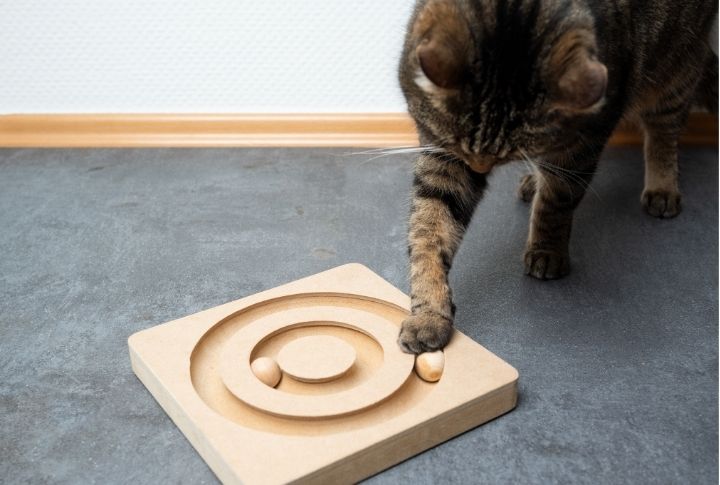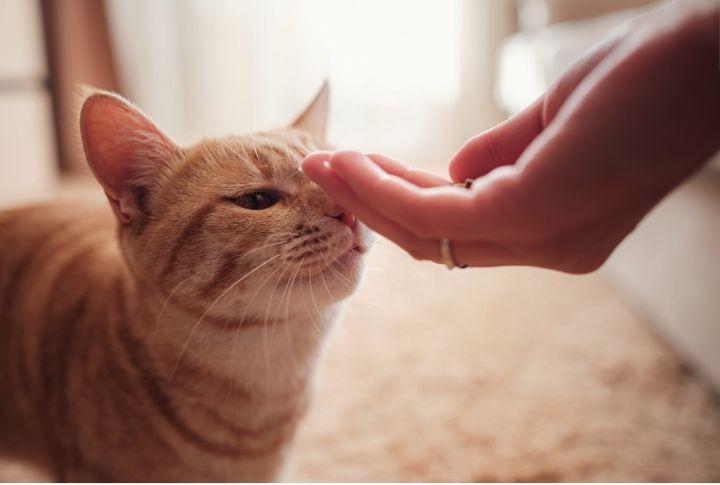
There’s a delicate balance between correcting unwanted behaviors and maintaining a loving relationship when disciplining a cat. Cats have unique personalities and quirks, so it’s important to approach behavior control with patience and understanding. Here are 15 tips to help you discipline your cat effectively; following them can strengthen your connection with your feline friend and create a harmonious environment.
Positive Reinforcement

Encourage good conduct in your cat by rewarding them with treats, toys, or affection when they exhibit the desired behavior. This positive association reinforces the behavior you want to see.
Redirecting Bad Behavior

Instead of scolding your cat for undesirable conduct, provide them with an alternative. For example, if your cat is scratching the furniture, gently redirect their attention to a scratching post by using a toy or catnip.
Avoiding Physical Punishment

Cats don’t respond well to physical punishment, which can lead to fear and aggression. Instead, try positive reinforcement and redirection to correct behavior.
Consistency in Rules

Establish clear rules for your cat and be consistent with them. Cats thrive on routine, so consistency helps them understand what is expected of them.
Firm Voice

Use a firm, but not loud, voice when correcting your cat’s behavior. It will help them understand that their behavior is unacceptable without causing fear or anxiety.
Time Outs

If your cat is acting out, give them time out in a quiet room to calm down. This can reset their behavior and prevent further misbehavior.
Ignoring Attention-Seeking

Cats sometimes misbehave to get attention. Ignoring this behavior and only giving attention when the cat is behaving well will discourage it.
Providing Enrichment

Keep your cat stimulated by providing toys, scratching posts, and climbing structures. Doing this can prevent boredom-related behavior problems.
Using Deterrents

Use deterrents like double-sided tape or citrus scents to discourage your cat from engaging in unwanted behaviors. This can make the behavior less appealing to your cat.
Consulting a Veterinarian

If your cat’s conduct changes suddenly, it could indicate an underlying health issue. A vet can rule out medical causes and guide behavior modification if needed.
Being Patient

Changing behavior takes time, so be patient with your cat. Consistency with the right methods will help them learn the desired conduct over time.
Clicker Training

Clicker training involves marking desired behaviors with a marker, followed by a reward. This method helps your cat figure out which behaviors are being rewarded and can be an effective way to train them.
Monitor Body Language

Learn to recognize your cat’s body language to understand when they are feeling stressed or agitated. Learning this can help you intervene before unwanted behaviors occur.
Understanding Your Cat’s Triggers

Cats often misbehave due to stress or boredom. To prevent future behavior problems, identify and address your cat’s triggers. This could include providing more enrichment or reducing stressors in their environment.
Seeking Professional Help

If you’re struggling to discipline your cat, consider seeking help from a professional animal behaviorist. They can give personalized advice and guidance based on your cat’s needs and behaviors.

Comments
Loading…